Cooking restaurant-quality food at home can be as easy as 1-2-3, provided you are across the A-Z of common cooking terms. Kidspot’s glossary of must-know cooking lingo will ensure you are able to follow the most complicated recipes with ease.
- Acidulate – To make a dish slightly sour or acidic in order to bring out other flavours, or to make the dish more tender. Usually done by adding a small amount of lemon juice or vinegar.
- Al dente – Pasta that has been cooked tender but slightly firm, but not hard. Italian for ‘to the tooth’.
- Bake blind – To bake an empty pie, tart or flan shell so the pastry is partially cooked before the filling is added, or to cook completely if the filling isn’t to be cooked with the shell.
- Baste – To moisten foods with fat or other seasoned liquids during cooking. Basting prevents drying out and adds flavour.
- Beat – To mix foods thoroughly to a smooth consistency using a spoon, fork, whisk or electric beater/mixer.
- Blanch – To plunge fruits or vegetables briefly in boiling water to lock in colour and flavour. They are then refreshed in very cold or ice water to stop it cooking further.
- Braise – To cook gently in a small amount of liquid in a covered pan.
- Broil – To cook above or below a direct heat source, usually on a rack or spit in an oven.
- Bruise – To crush gently using a heavy knife, pestle or rolling pin to release the flavours of spices, citrus peel, lemongrass, etc.
- Caramelise – The process of browning sugar. Granulated sugar can be caramelised in a pan until it turns brown and takes on a nutty flavour. Fruit and vegetables can also be caramelised by cooking them slowly in a small amount of fat until they are brown and shiny.
- Crumb – To coat uncooked food in a breadcrumbs or other crumbs (such as cereal), before frying or baking to give it a crisp, crunchy texture.
- Deseed – To take the seeds out of a fruit or vegetable, for example, a chilli or tomatoes.
- Devein – The process of removing the black thread-like tract from the back of a prawn with a small knife.
- Dilute – Thinning a liquid or reducing the intensity of flavour by adding liquid.
- Dry-fry – to cook food in a dry frying pan (usually non-stick) without any oil; this method is usually used for sausages, bacon, nuts and seeds.
- Dust – To top or decorate a dessert with a fine coating of icing sugar or cocoa powder by using a fine sieve and sifting the icing or powder through.
- Emulsify – To put two or more liquids together that do not usually mix into one another – like oil and vinegar. The process involves whisking one liquid very slowly into the other.
- Fold – A way of mixing light ingredients together without altering the consistency. Best performed with a rubber spatula and an over-and-under turning technique, rather than traditional stirring.
- Grease – To cover a pan or dish with butter or oil to prevent food from sticking.
- Knead – To work the dough by folding, pushing away, turning slightly then repeating. Bread dough is kneaded for at least 10 minutes to develop the gluten in the dough; scone or pastry dough is kneaded lightly and gently and only once or twice to make dough smooth (over-kneading will result in tough scones or pastry dough!).
- Knock back – After bread dough has been left to rise, it needs to be pressed down to allow excess air to escape. This is known as knocking back.
- Julienne – To cut food into long thin strips resembling matchsticks. Most commonly used when preparing vegetables.
- Marinate – To soak meat, chicken or fish in a flavoured liquid mixture.
- Macerate – To soak fruit in a flavoured liquid mixture.
- Parboil – To boil a food, usually a vegetable, until it is partially cooked.
- Pare – To cut the skin off a fruit or vegetable with a small knife, to ensure you lose as little of the flesh as possible.
- Poach – To cook a food by placing it in a pot of seasoned simmering liquid.
- Reduce/Reduction – To thicken and intensify the flavour of a liquid by boiling it till the liquid reduces in volume, so the flavour is concentrated.
- Scald – To heat a liquid almost to boiling point, but only until tiny bubbles form around the edge of the mixture.
- Sauté – To cook small pieces of food in a small amount of butter or oil over a high heat in a shallow pan, turning and tossing the food so it colours evenly.
- Score – To make narrow cuts in a diamond-shaped pattern on the surface of a food. This may be done to allow the food to absorb more flavour, to tenderise the dish or simply to decorate it.
- Sear – To brown meat over a high temperature very quickly in order to seal in the juices.
- Season – To improve the flavour of food by adding salt, pepper and other spices and flavours.
- Shallow-fry – To cook food (such as cutlets, fritters, fish cakes) in enough butter or oil (about halfway up the pieces) so that once you turn it over, it cooks evenly on both sides.
- Shuck – To remove the shells from seafood.
- Simmer – To cook a pot or pan of food just below boiling point.
- Steep – To stand a food in water that is just below boiling point to allow the flavours to emerge.
- Stir – To mix with a utensil the whole contents of a bowl or saucepan, for example, to combine ingredients completely or to keep the mixture moving so that it heats evenly as it cooks.
- Stir-fry – Food that is cooked over a high heat with a small amount of oil and is constantly tossed in the pan or wok. The food is usually cut in small pieces to ensure quick cooking.
- Whisk – Using a fork, wire whisk or beater, to incorporate as much air as possible into the mixture so it is light and airy.
Download a printable version of the Cooking Terms list by clicking here.

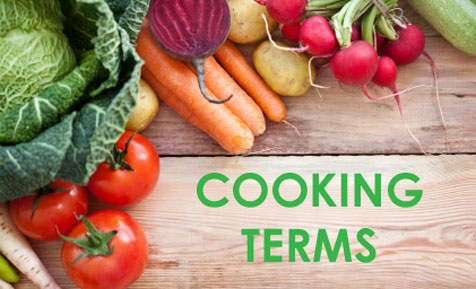
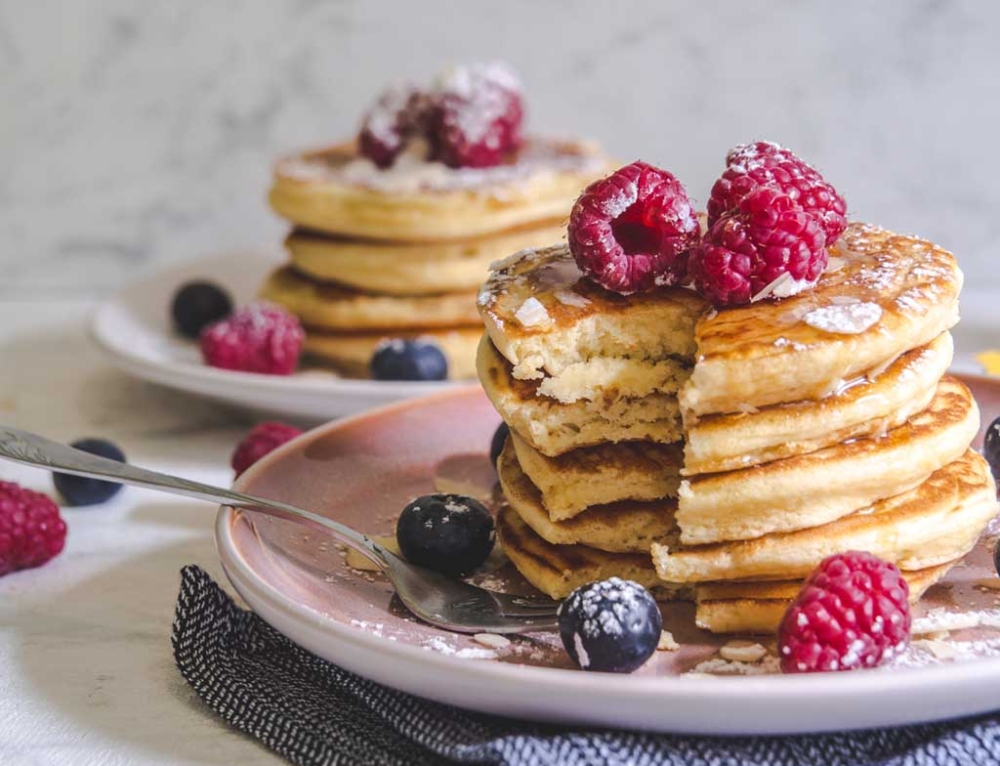
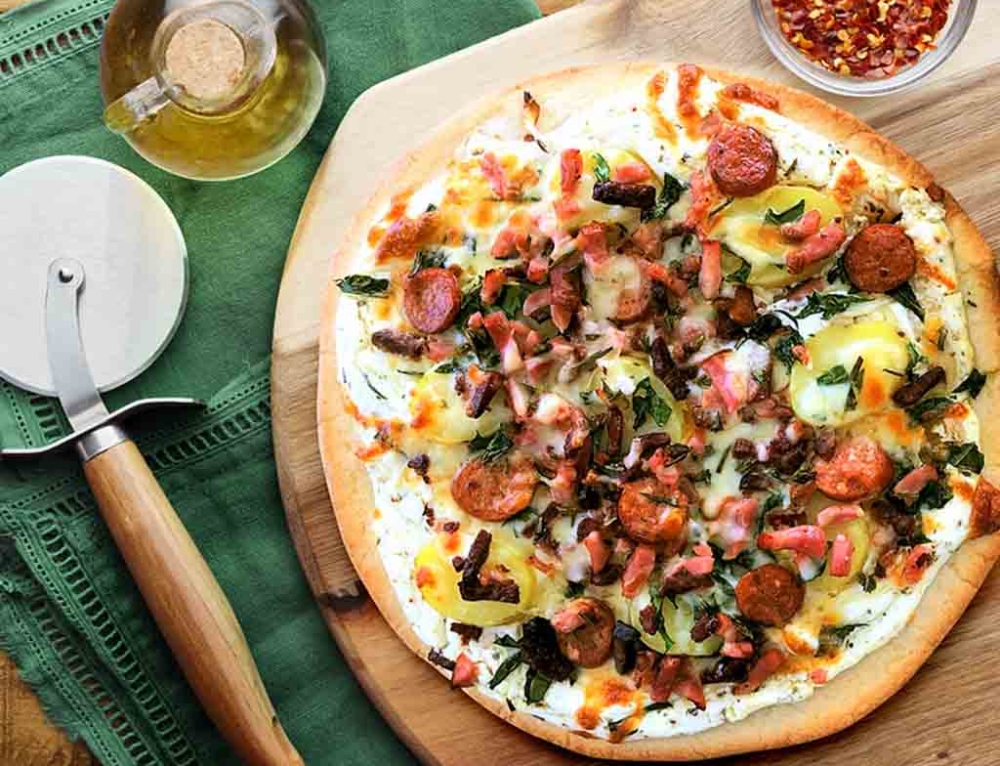
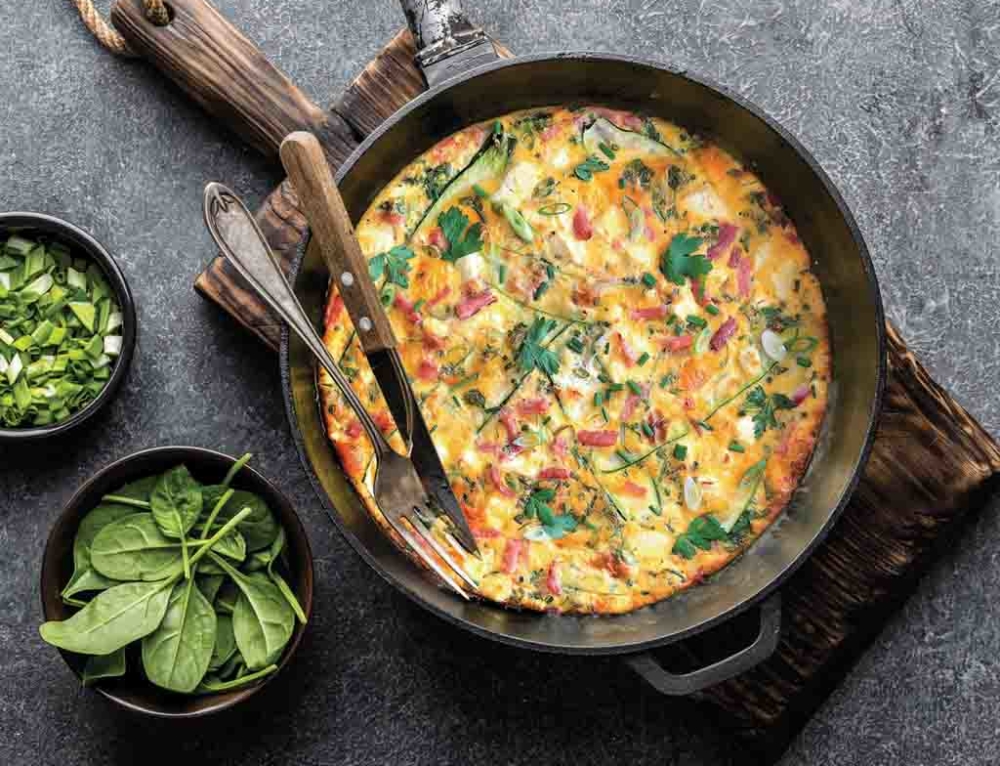
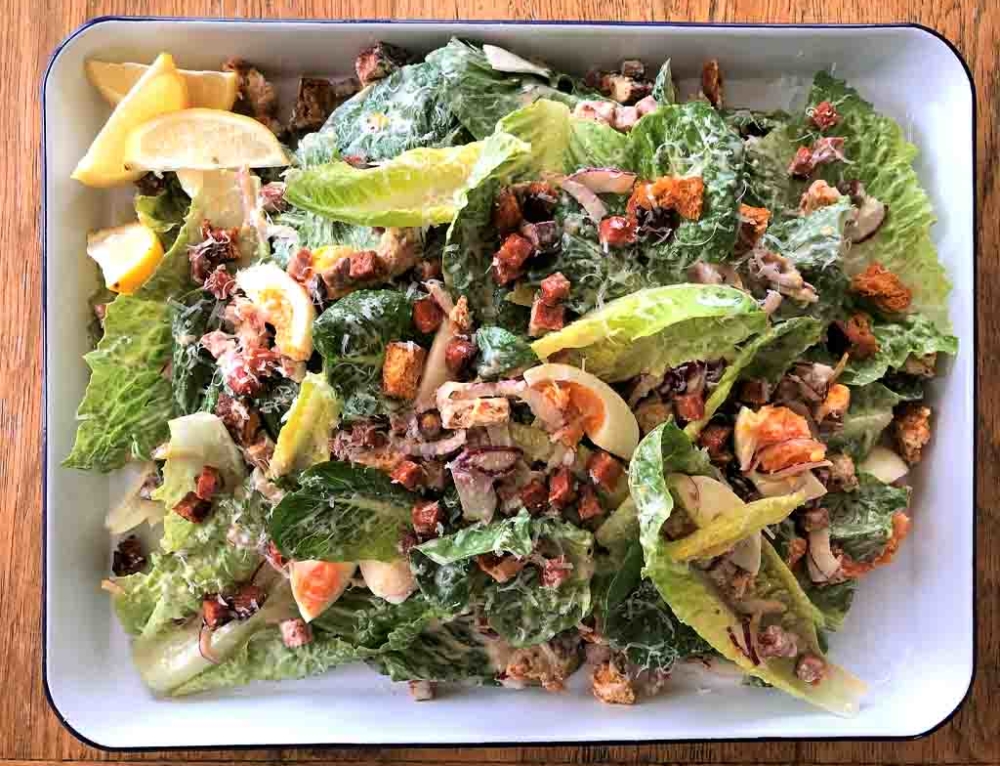

Leave A Comment
You must be logged in to post a comment.